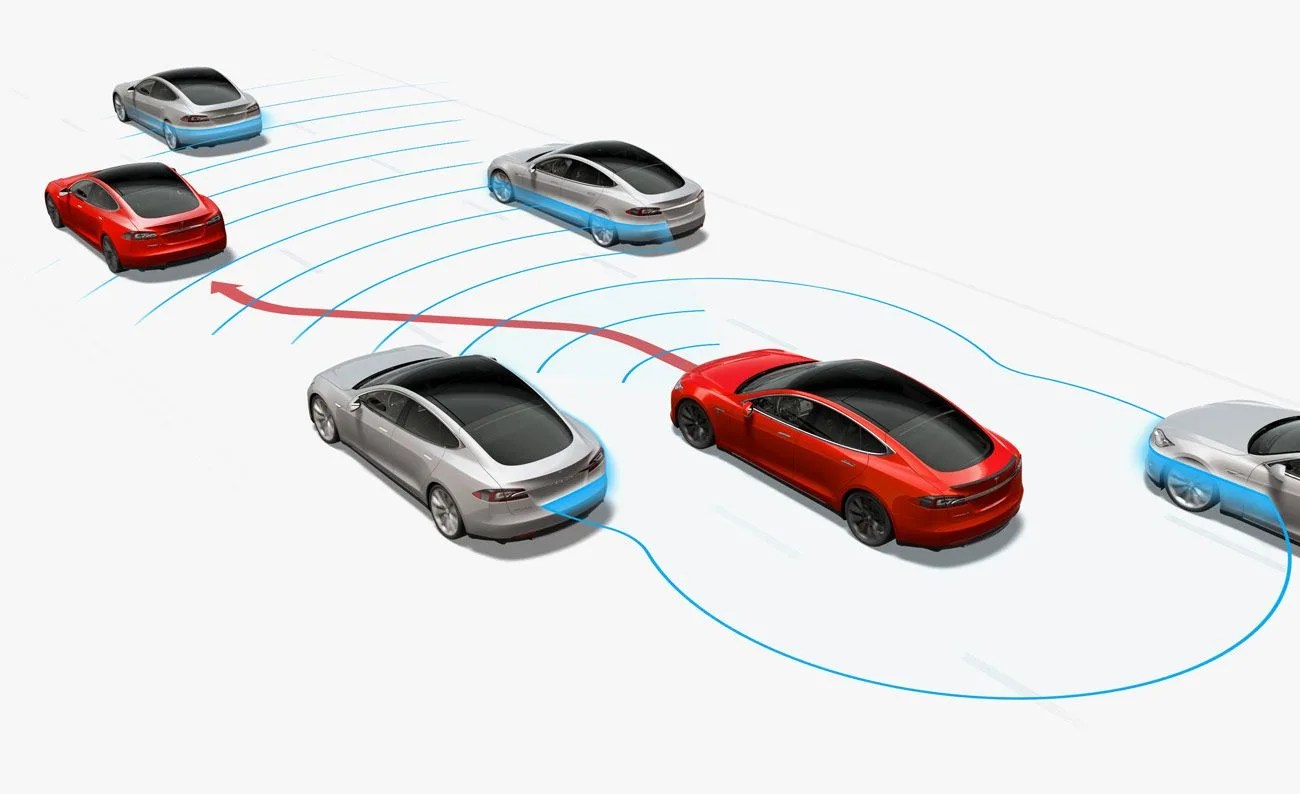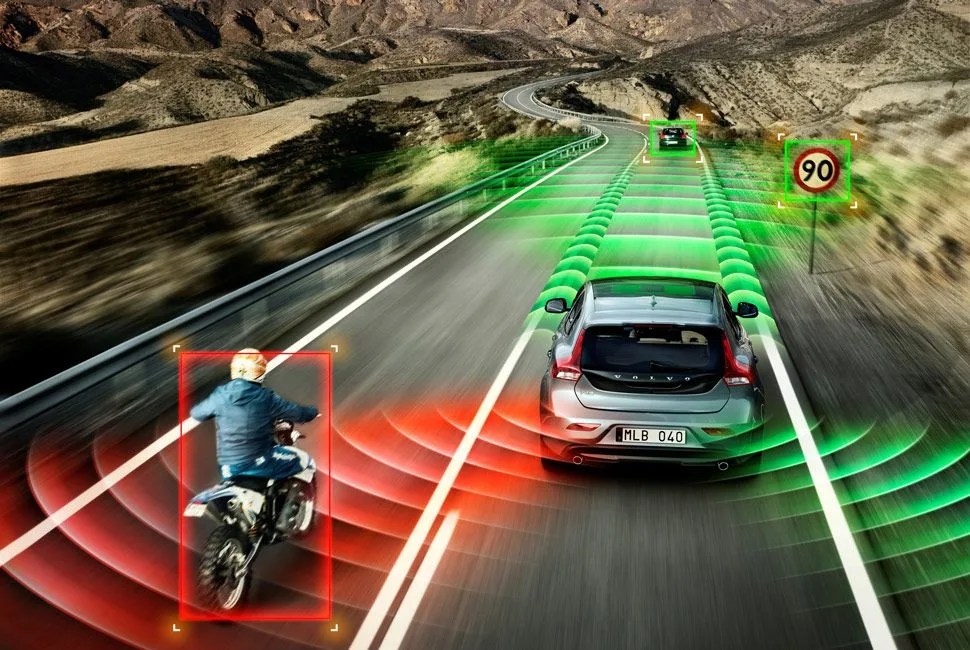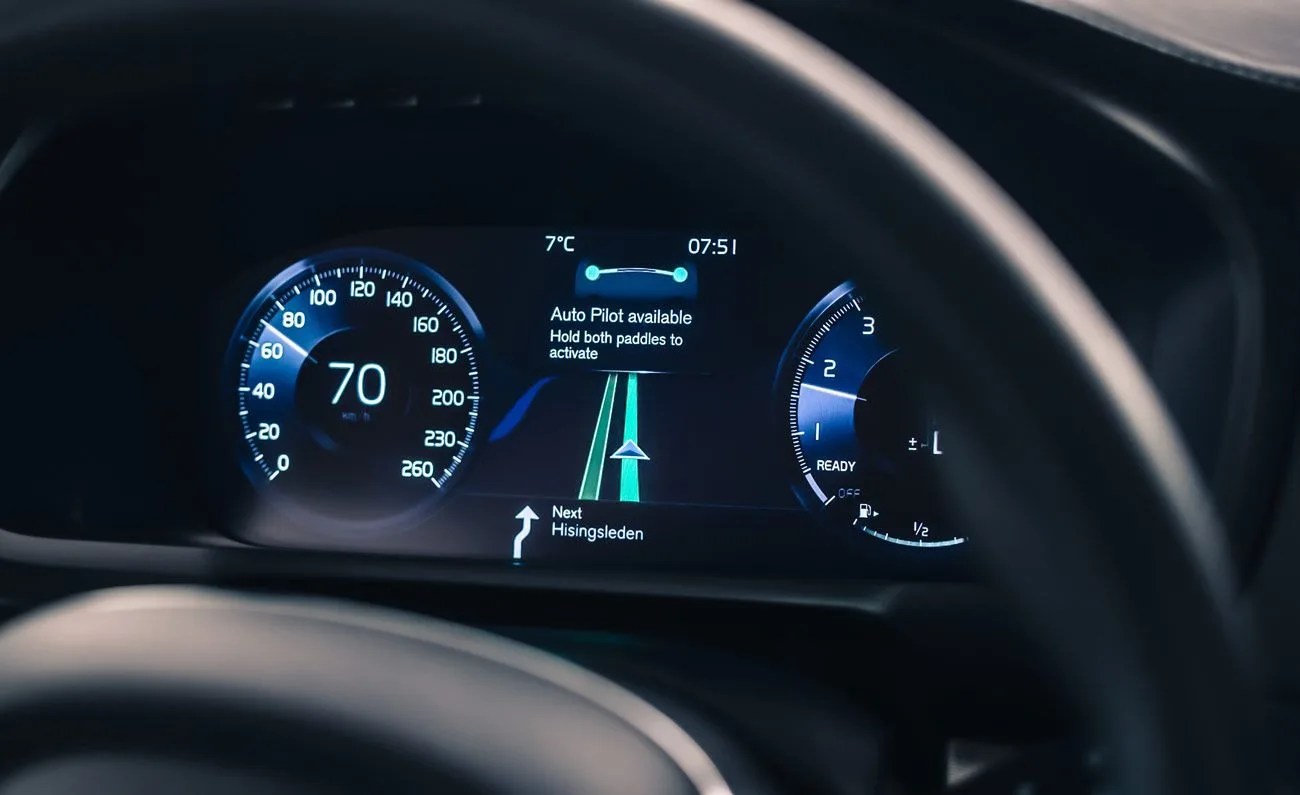With every big car manufacturer conducting their own research, and even non-automotive companies like Google and Uber trying their hand at autonomous cars, it seems that the self-driving car is a certainty. But with the slow evolution of regulation regarding autonomous cars, and the inability of the technology to handle certain aspects of driving (like poor road conditions or unsafe moves from other drivers), fully autonomous cars are still a ways off.
In the meantime, cars are more commonly being equipped with features that make them semi-autonomous. Most high-end cars from brands like Mercedes, BMW and Lexus are equipped with radar, cameras and other sensors that allow for safety and convenience features like automatic cruise control, automatic parking, lane keeping and automatic braking. Though they’re still a far cry from full-fledged self-driving cars, they accumulate into what is essentially a semi-autonomous car or, as the NHTSA puts it, a “Level 2” autonomous car (Level 4 being full autonomy). For consumers, this is our first taste of a self-driving future.
The Levels of Autonomous Driving
Level 0: No automation. The driver is in complete control of every aspect of driving.
Level 1: Has one or more automated functions that operate independently of one another. Driver is still in full control, but systems can assist with certain functions (example: automatic cruise control).
Level 2: Has two or more automated functions that work in unison. A driver can cede control to these functions but must maintain focus on road conditions and can take over (example: Tesla Autopilot).
Level 3: Driver can cede control of the car and the car will take over in certain conditions. The car is capable of driving itself but the driver must be on hand to potentially takeover, albeit with a longer transition time than Level 2 (example: Volvo Intellisafe Autopilot).
Level 4: Car will drive by itself with no input from driver (example: Google Car).
Two of the first manufacturers to offer a Level 2 car are Mercedes-Benz and Infiniti. Mercedes already sells cars with its Distronic cruise control system with “Steering Assist.” On highways the car can make automatic adjustments to the wheel, keeping the car centered in the lane. Infiniti has a similar system in their steer-by-wire Q50 (i.e., fully electric steering). Granted, these systems aren’t billed as semi-autonomous driving (though they meet the Level 2 distinction) because at their core they’re still just safety and convenience features. You can take your hands off the wheel for small amounts of time but you’ll be prompted to put them back on the wheel — otherwise the systems shut off.
Recently, the concept of these tech features working in tandem to cumulate into a semi-autonomous car has taken a bigger step forward in Tesla’s Autopilot system. It uses forward-facing sonar and a camera, as well as ultrasonic sensors to monitor the space around the car at all times. Tesla’s cars have been equipped with this tech since October 2014 — it wasn’t until a recent software update have made it possible for Teslas to, in a limited capacity, control acceleration, brakes and steering to make the car pilot itself.


